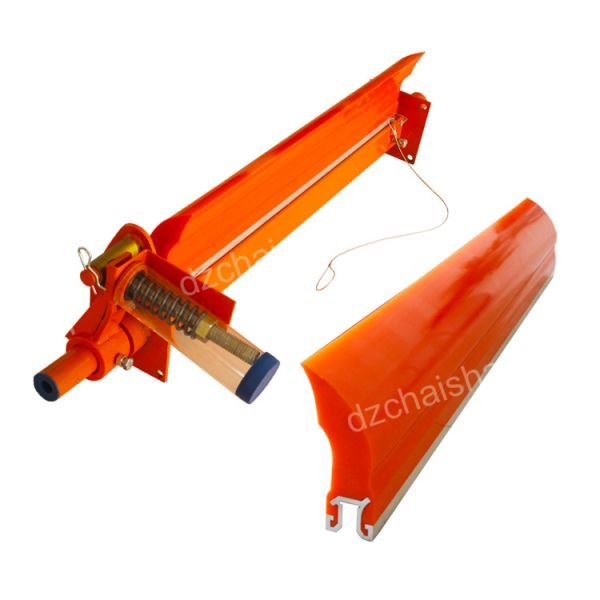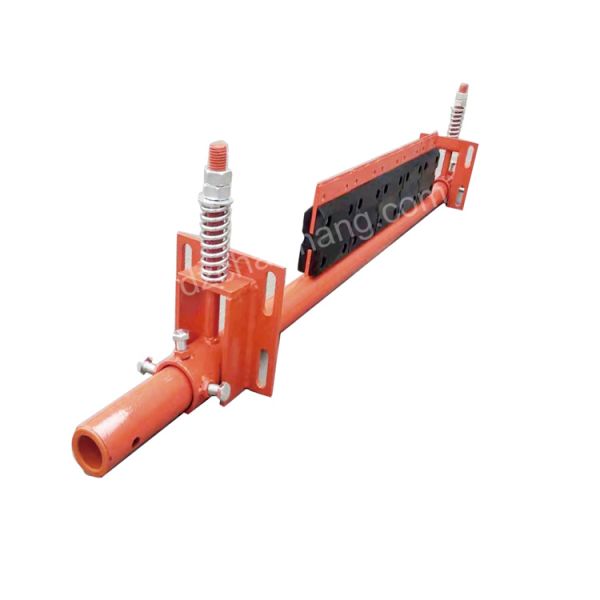- 15
- Jul
Primary vs. Secondary Belt Cleaners – What’s the Difference?
Primary vs. Secondary Belt Cleaners – What’s the Difference?
In conveyor systems, belt cleaners play a critical role in removing material carryback, protecting the belt, and improving overall system efficiency. There are two main types of belt cleaners: Primary and Secondary. While both serve to clean the conveyor belt, they differ in position, purpose, and performance.

✅ Primary Belt Cleaners
-
Position: Installed at the head pulley, directly against the belt, usually on the discharge side.
-
Purpose: Designed to remove the bulk of material, especially larger particles or sticky carryback.
-
Material: Typically made from polyurethane, carbide-tipped blades, or rubber.
-
Features:
-
First line of defense
-
Removes 60–80% of residual material
-
Reduces wear on secondary cleaners
-
Helps minimize spillage and build-up
-
✅ Secondary Belt Cleaners
-
Position: Located just after the head pulley, beneath the belt.
-
Purpose: Targets finer particles or sticky residues that the primary cleaner missed.
-
Material: Often made of tungsten carbide blades for precision and durability.
-
Features:
-
Provides final cleaning
-
Ensures belt is nearly free of carryback
-
Protects return idlers and improves belt tracking

-
🆚 Key Differences at a Glance
| Feature | Primary Cleaner | Secondary Cleaner |
|---|---|---|
| Location | Directly at head pulley | Slightly after head pulley |
| Function | Removes bulk material | Cleans remaining fines |
| Material | Polyurethane, rubber, carbide | Carbide or metal blades |
| Cleaning Power | 60–80% of debris | Additional 10–20% (fine debris) |
| Required Together? | Often yes, for full efficiency | Complements the primary cleaner |
✅ Conclusion
For optimal performance, both primary and secondary belt cleaners are recommended. The primary cleaner handles the bulk of material, while the secondary ensures a truly clean belt. Using both reduces downtime, extends equipment life, and keeps your operation running efficiently.
